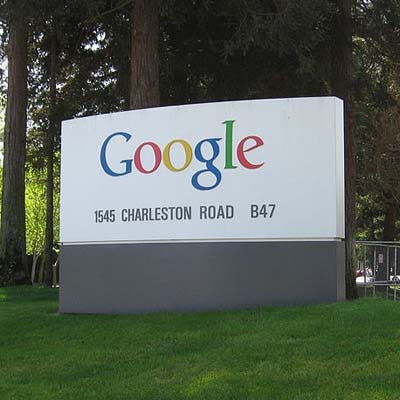Google Merges AI, IoT With New Chips And Machine Learning Platform

Google is bringing artificial intelligence to the edge of networks with a custom processor and an enhanced cloud platform unveiled Wednesday to bulk up its Internet of Things portfolio.
The merging of AI and IoT will be powered by the new Edge Tensor Processing Unit (TPU)—an ASIC chip designed to run TensorFlow Lite inferences—effectively execute machine learning algorithms from Google's data processing library without connecting to the cloud, Injong Rhee, Google's vice president for IoT, told NEXT conference attendees in a keynote.
The tiny chip—four of which can fit on a penny—can pair with sensors to execute machine learning while delivering efficiencies in cost and power consumption, Rhee said.
[Related: Google Debuts New Tools To Simplify Custom AI Builds]
"Edge TPU will bring a brain to your edge devices," Rhee said, delivering affordable and power-efficient data processing and machine learning computation without performance compromises.
To further enable development of software that enables data processing for gateways, cameras and other connected devices, Google introduced Cloud IoT Edge.
The integrated platform, released through an early access program, has two components—Edge IoT Core, and Edge ML.
Edge IoT Core delivers a runtime environment for securely connecting devices to the cloud—enabling software and firmware updates and managing data exchanges with Google's Cloud IoT Core platform.
Edge ML, based on TensorFlow Lite, executes pre-trained machine learning models in the field, where latency is a concern.
Customers can train models in the cloud, and with the services coming later this year, run them locally. Those workloads can take advantage of the new Edge TPU hardware, or general-purpose CPUs or GPUs, Rhee said.
In October, Google will also release a development kit, Edge TPU SOM (system on module), to further empower partners and customers to build custom IoT solutions, he said.
Aric Bandy, president of Agosto, a Google partner focused on IoT, said edge computing presents a lot of opportunity for the channel, but it's still early days.
When Agosto started bringing IoT to market back in 2011, the Minneapolis-based solution provider had to be an advocate for the technology.
Google is now telling its own IoT story, Bandy said, allowing Agosto to focus on working with customers to take advantage of the expanding portfolio of Google products in the space.
"Google is telling great stories and is out there explaining their platform. And now with IoT Core ready for companies to start building on top of, that story is changing our conversations," Bandy said.
The new IoT products revealed at NEXT further "set a direction," Bandy said, especially when it comes to onboarding new customers.
Agosto is working with manufacturers and device developers who are looking to re-platform on Google's IoT technology, and those customers are first trying to understand the scale of the network and the ability to control onboarding.
"When you have an IoT product that's scaling, it's not about what regions do you have data centers in," he said. "It's about how fast it is for your device to connect to the Google network and hit those servers."
Google's infrastructure investments are why "we are seeing more and more companies looking at Google as having a really unique, disruptive platform really catering to IoT," Bandy told CRN.
No cloud platform provider has yet established dominance with the Internet of Things, Bandy said. He expects Google to fill that void over the next few years because of the network and edge infrastructure it's building out.
-Gina Narcisi contributed to this report